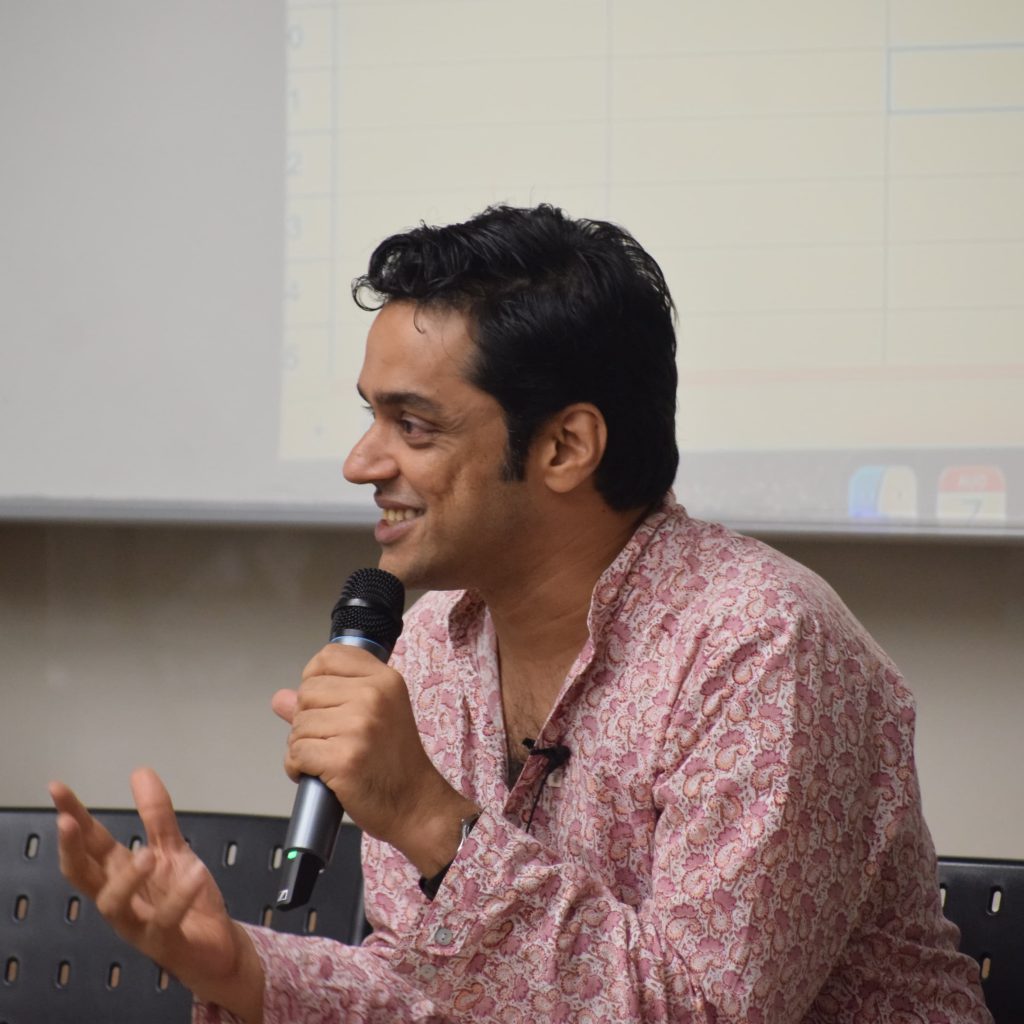Governments help to construct SMART cities. You must have heard the appellation “Smart City” and even visited one. In 2015, the government of India invited a 100 cities to be Smart Cities. Each city prepared its own plans to improve its standards and be sustainable. The government then supported these cities to achieve their goals.
Can we as ACTiZENS make them WISE cities? The next question is: What are WISE cities?
We see WISE cities as urban spaces that nourish themselves by drawing from the innate abilities, energy, and the individual actions of their citizens to partner with the government in creating a better quality of life. A holistic view exists of what their citizens must enjoy. This includes not only an ideal infrastructure, but also aspects that lift the human spirit to greater heights, such as open spaces, beauty, art, nature, leisure time, and cultural energy.
Who wouldn’t like to live in a WISE city?
We also use WISE as a broader acronym that various parts of the society can align with.
W: Well-being. Oriented towards securing the health and well-being of its citizens, which encompasses air quality, water, food systems, and access to nature. We could also include abstract aspects like care, hope, and responsibility that contribute to welfare.
To be oriented towards well-being, citizens can do the following:
- Nourish their own health through actively engaging in outdoor activities. This requires our open spaces to be clean and accessible, the presence of local community activities, such as yoga classes, laughter clubs, among others, and available emergency medical care.
- Monitor the quality of air, water, and food. This means ensuring that any rise in the basic air quality index (AQI) is brought to attention and dealt with. It also includes farmers’ markets as well as the availability of drinking water and toilet facilities for all residents.
- We should be positive about the future of the city. Engaging in constructive conversations around what we love about the city is essential as are amplifying stories of hope, doing random acts of kindness, and recognising local heroes who are doing their best for the city.
I: Inclusive. Involving all sections of the society, embracing all its diversity, especially ensuring access to disadvantaged groups like senior citizens, the differently abled, and economically distressed.
To secure an inclusive city, citizens can do the following:
- Care for its senior citizens by giving them priority entry to public transport, helping them with mobility (for example, crossing roads), and regularly acknowledging their needs. Younger generations can also tap into their experience and wisdom through sharing stories and building human libraries.
- Make the city as easy to live in for differently abled people. For example, making ramps, Braille text, sign language translations, and help in writing examinations for those who are visually impaired. We also have to plan various schemes and facilities for the differently abled (including correct information) and reach out to them.
- Economically vulnerable sections can be supported by providing them opportunities (several government schemes already exist, but are not tapped into). Creating awareness of cybercrime (that these populations fall prey to more easily) is valuable and making sure that common spaces are truly open for all (by, for example, low-cost tickets on certain days).
S: Sustainable. This concept covers cities that look into the future and design systems to be resilient in the face of a metacrisis (multiple interrelated crises, including climate change, mental health, and exponential technologies).
To be a sustainable city, citizens can do the following:
- Practise environment-friendly habits, such as garbage segregation, using non-polluting packaging and materials, recycling, and upcycling wherever possible, and being mindful of water and electricity consumption.
- Use public transport and walk or cycle whenever possible, help to establish footpaths for pedestrians, and participate in walks with a purpose and other projects like heritage explorations. It also involves keeping our common spaces clean and raising complaints (with helplines like 1916) to keep the locality spotless.
- Become eco-warriors by lobbying for rainwater harvesting, solar panels, composting, zero-waste lifestyles, and regular audits of carbon footprints. One can join hands with other concerned citizens in the society for these activities.
E: Entrepreneurial. Cities need its citizens to be social entrepreneurs. Here, we mean entrepreneurship not only in a business sense, but in the context of deploying creativity and intelligence to create value for others.
Being entrepreneurial includes:
- Creating new local enterprises and ventures (for example, food trucks, handicrafts, equipment for sports), particularly building on already available public and digital infrastructure as well as supporting and mentoring other young people to take initiatives.
- Expanding the idea of beauty and deepening an appreciation of life by using arts and entertainment. This happens through organising and participating in art festivals, engaging with artists who are creating social awareness, and sharing pro-city content on social media.
- Taking local measures that involve citizens like organising local drawing contests, participating in ward committees, bringing out local newsletters, starting area WhatsApp groups, and sports festivals. All these are ways of benefitting the community and help it to thrive.
So, what is the key to creating a WISE city?
It is we, the ACTiZENS! By taking some of the steps outlined in this article, we can start our journey of becoming a wise city.

Mr. Abhishek Thakore is a writer, speaker, and social entrepreneur. He is a founder of several social initiatives, including the Blue Ribbon Movement.
